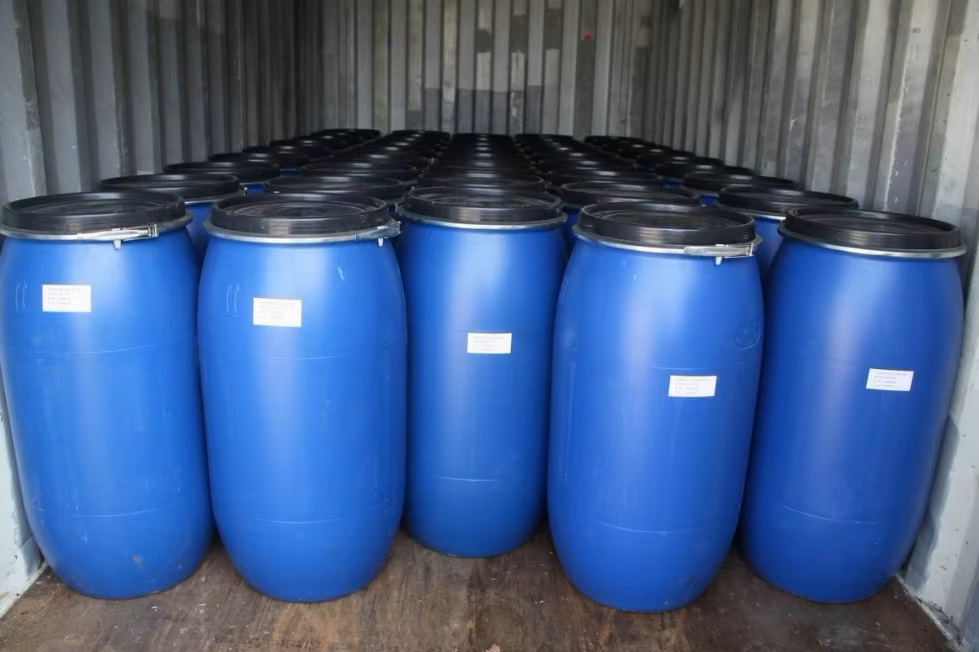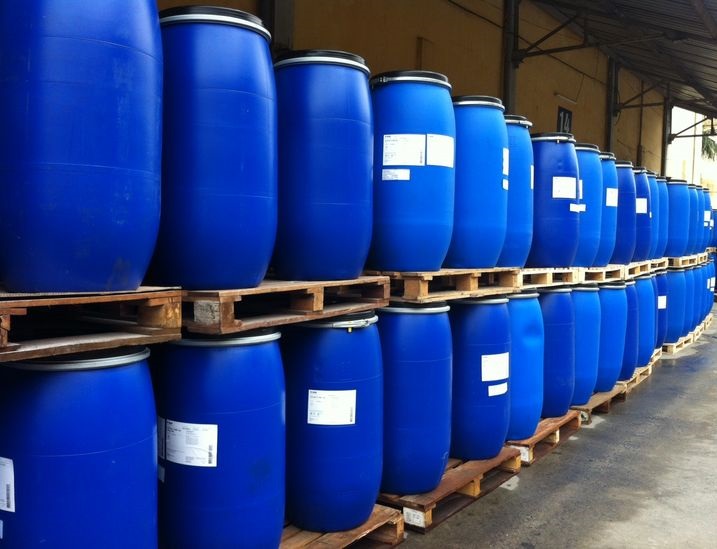We unleash your business potential by maximize the business innovation.
Send EmailSles, Sodium Lauryl Ether Sulfate, 68585-34-2
Molecular Formula (Sles (Sodium Laureth Sulfate)); CH3(CH2)10CH2(OCH2CH2)nOSO3Na
Molecular Weight; 496.699 g/mol
Chemical Name; Sodium Lauryl Ether Sulfate
CAS Number; 68585-34-2
It is generally defined as a surface active agent. Sles (Sodium Laureth Sulfate) provides foaming of the produced material due to its chemical properties.
Sles and SLS (Sodium Lauryl Sulfate) have similar properties. However, SLS is more irritating than Sles. For this reason, SLES was developed.
It is an anionic surface active agent. Such surfactants reduce the surface tension of water. For this reason, Sodium Lauryl Ether Sulfate reduces the amount of work required to create foam and increases the stability of the bubbles in it.
They are organic molecules with a water-hating end (hydrophobic) and a water-loving end (hydrophilic).
Sles can be derived from coconut oil.
It is a chemical that is used very intensively in the production of detergents and detergent derivatives.
The abbreviation of Sles is Sodium Lauryl Ether Sulfate.
It is a water-soluble chemical.
Other Names of Sles (Sodium Laureth Sulfate) are as follows;
Sodium POE(2) Laurel Ether Sulfate
Sodium Lauryl Di Ethylene Glycol Laurel Sulfate
Sodium Lauryl Ether Sulfate
2-(2-dodecyloxyethoxy) Ethyl Sodium Sulfate
Di Ethylene Glycol Monododecyl Ether Sulfate Sodium Salt
Lauryl Di Ethylene Glycol Ether Sulfonate Sodium
Sodium Dioxyethylenedodecyl Ether Sulfate
Sodium Lauryl Alcohol Diglycol Ether Sulfate
Sodium Lauryloxyethoxyethyl Sulfate
Sodium Laurylglycolether Sulfate
It is sold commercially in 30% and 70% concentrations. The manufacturer can supply low and high concentration products according to the field of work.
What are the Physical and Chemical Properties?
Sles is a chemical with different viscosity depending on its density in solution. It has a liquid and semi-fluid consistency. In winter months, its viscosity increases due to ambient temperature. In other words, its fluidity decreases. It is light yellow and liquid.
Its melting point is -2 °C.
The boiling point of Sodium Laureth Sulfate is 100 °C.
Interestingly, it boils at the same temperature as water. But its melting point changes according to its density in solution.
Its flash point is 94 °C.
It is stable under normal conditions.
It is a basic chemical when evaluated as acidic or basic.
Its density is 1.03 gr/cm3.
It has very good solubility in water. It dissolves in Ethyl Alcohol and Methyl Alcohol.
It is a more viscous liquid than water.
Sodium Laureth Sulfate (Sles) has a pH of 6.5-8.5 in its 70% concentration form.
It is a bit difficult to work with this chemical in winter months. SLES is formed due to air temperatures. To prevent this, it will come to a semi-fluid form as a result of being stored in an area at room temperature.
Where are Sles (Sodium Laureth Sulfate) Used?
It is used as a surface active agent that provides cleaning properties in detergent production. Its hydrophilic and hydrophobic properties are beneficial properties in detergents. If Sles is used in the manufacturing process, polar water molecules are repelled by non-polar hydrocarbon molecules. This situation is defined by hydrophobic properties.
It is used in detergent production and toothpaste production.
Sles can be used together with Sls or Sodium Lauryl Sulfosuccinate to increase auto foam. It contributes to foam increase thanks to its modification in this way.
Sles (Sodium Laureth Sulfate) is used in the production of industrial cleaning chemicals used in the industrial industry.
Surfactant is used in the production of skin care creams in the cosmetics sector.
Sles is used to create foam and viscosity in shampoos containing low pH products and personal care products (Bubble Bath, shaving cream, ointment and sometimes toothpastes).
It is used in the textile printing and dyeing industry.
In the field where mechanized tunnel boring machines are used, it is processed as a lubricant and foaming agent.
It is used as a surface active agent in the production of solvent-based detergents.
SLES (Sodium Laureth Sulfate) is used as a lubricant chemical substance in the petroleum and leather industries.
It is used in the production of hand washing soaps.
In the production of liquid carpet shampoos, the form used together with compounds such as Sodium Acid Pyrophosphate and Sodium Metasilicate stands out as Sodium Lauryl Sulfate (SLS).
It is used with pure water, EDTA and calcium chloride to make bubble toys foam. The amount of SLES and the amount of pure water are used in the same ratio.
Sodium Lauryl Ether Sulfate is used to create foam in the carpet sector.
Its derivative used as an anionic surface active agent in toothpaste production is SLS (Sodium Lauryl Sulfate).
Pesticides are very harmful chemicals for nature. For this reason, studies are being carried out on the production of pesticides that harm nature less. Sodium Lauryl Sulfate is used in the production of pesticides that are less harmful to the environment. It is used together with Sodium Triphosphate and Sodium Bisulfate in the production of detergents. It is used more than both of them as an active ingredient.


